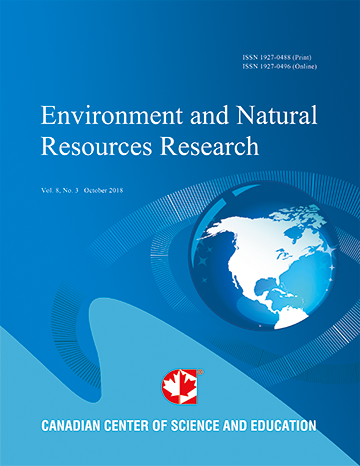Assessing Aquifer Stress Index (ASI) Using Rating Method and Analytic Hierarchy Process for a Coastal Unconfined Aquifer
- Nara Somaratne
Abstract
Small groundwater basins are highly vulnerable to over draft and susceptible to droughts as they are locally recharged. The sustainable development and management of groundwater basins therefore benefits from quantitative assessment of the basin status in terms of the current stress level. This paper introduces the Aquifer Stress Index (ASI) using a rating method and Analytic Hierarchy Process (AHP), a widely used multi-criteria decision support technique. Six evaluation criteria were used to determine the ASI; water levels, water quality, groundwater pumping, saline water intrusion, recharge and land use threat. For each criterion, a rating score and weight are used to evaluate the stress level. Rating scores for criteria were assigned based on multiple datasets obtained from the field investigations. Weightings for criteria were determined by pairwise comparison of AHP process. Based on the ASI, five characteristic stress regimes of the aquifers are defined: no stress, low stress, moderate stress, high stress and extreme stress. The stress level indicates the extent of groundwater availability and current development impact on the aquifer integrity. The method was applied in detail to Uley South coastal aquifer, and results indicate that the overall stress level of the aquifer is moderate. This research indicates that declining water levels are the major cause of Uley South basin’s aquifer stress, due to ongoing extractions and reduced long-term recharge. Depending on the aquifer stress level, management plans can be developed for sustainable use of the aquifer to help ensure current and future water security.
- Full Text:
 PDF
PDF
- DOI:10.5539/enrr.v9n1p35
Journal Metrics
Google-based Impact Factor (2016): 6.22
h-index (November 2017): 12
i10-index (November 2017): 19
h5-index (November 2017): 11
h5-median (November 2017): 12
Index
Contact
- Emily LinEditorial Assistant
- enrr@ccsenet.org
